 Shutterstock
Shutterstock
Dogs are social animals by nature, but not every pup gets along easily with others. Some dogs find social interactions challenging, whether they’re meeting dogs at the park, encountering neighbors on walks, or even living in a multi-dog household. A dog’s past experiences, temperament, and even the owner’s behavior can influence how a dog reacts to other canines. By understanding key techniques and creating positive social opportunities, you can help your dog become more comfortable and friendly with fellow dogs.
Start With Socialization Early and Often
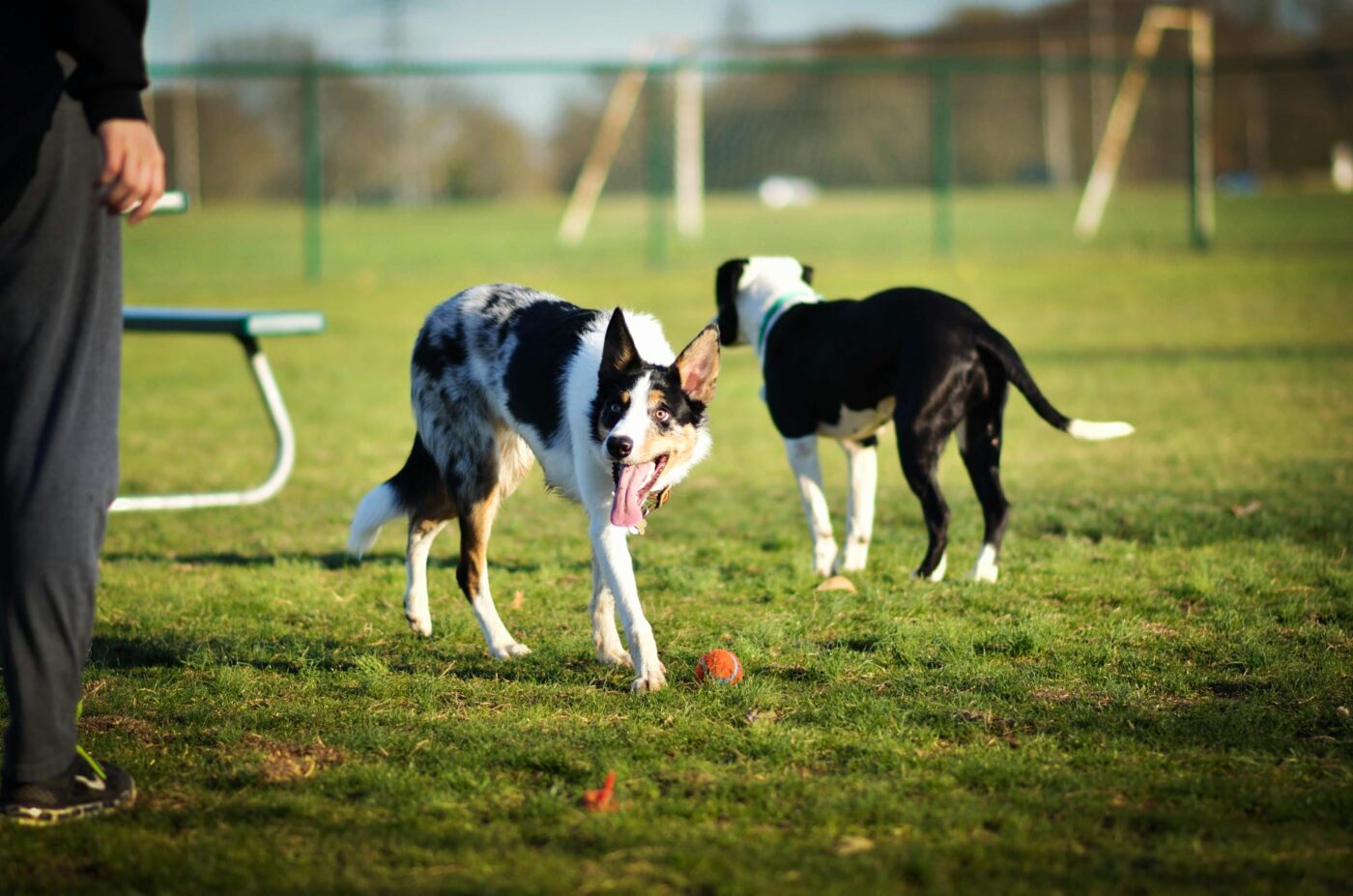 Shutterstock
Shutterstock
Early socialization is crucial in shaping a dog’s comfort level with others. Puppies have a socialization window between 3 and 14 weeks of age, during which they are especially receptive to new experiences. By introducing them to other friendly dogs early on, they can learn appropriate behavior, read social cues, and build confidence around new dogs. Even if your dog is older, starting socializing in a controlled, positive environment is never too late. Enrolling them in obedience classes or playgroups with well-behaved dogs can be beneficial. Building positive associations early helps dogs feel more relaxed and confident in social settings.
Monitor Your Own Body Language and Energy
 Shutterstock
Shutterstock
Dogs are highly attuned to their owners’ emotions and body language, so if you’re feeling tense or anxious during dog-to-dog interactions, your dog will likely pick up on it. Maintaining calm, confident body language helps communicate to your dog that there’s no need to feel anxious or defensive around other dogs. If you tend to hold the leash tightly or react nervously, your dog might interpret that as a signal to be on alert. Instead, stay relaxed, use a loose leash, and provide positive reinforcement. Leading with calm energy reassures your dog and sets the tone for more comfortable social interaction.
Introduce New Dogs Gradually and on Neutral Ground
 Shutterstock
Shutterstock
Introducing dogs in a neutral, outdoor environment, like a park or open space, can make a big difference. Dogs can be territorial in their own space, so meeting on neutral ground reduces the chances of possessive behavior. Start by keeping the dogs nearby so they can see each other without feeling overwhelmed. Gradually decrease the distance as they become more comfortable, allowing them to sniff and observe each other at their own pace. Positive reinforcement, like treats and praise, helps reward calm behavior, reinforcing a positive association with meeting new dogs.
Use Positive Reinforcement Training to Encourage Good Behavior
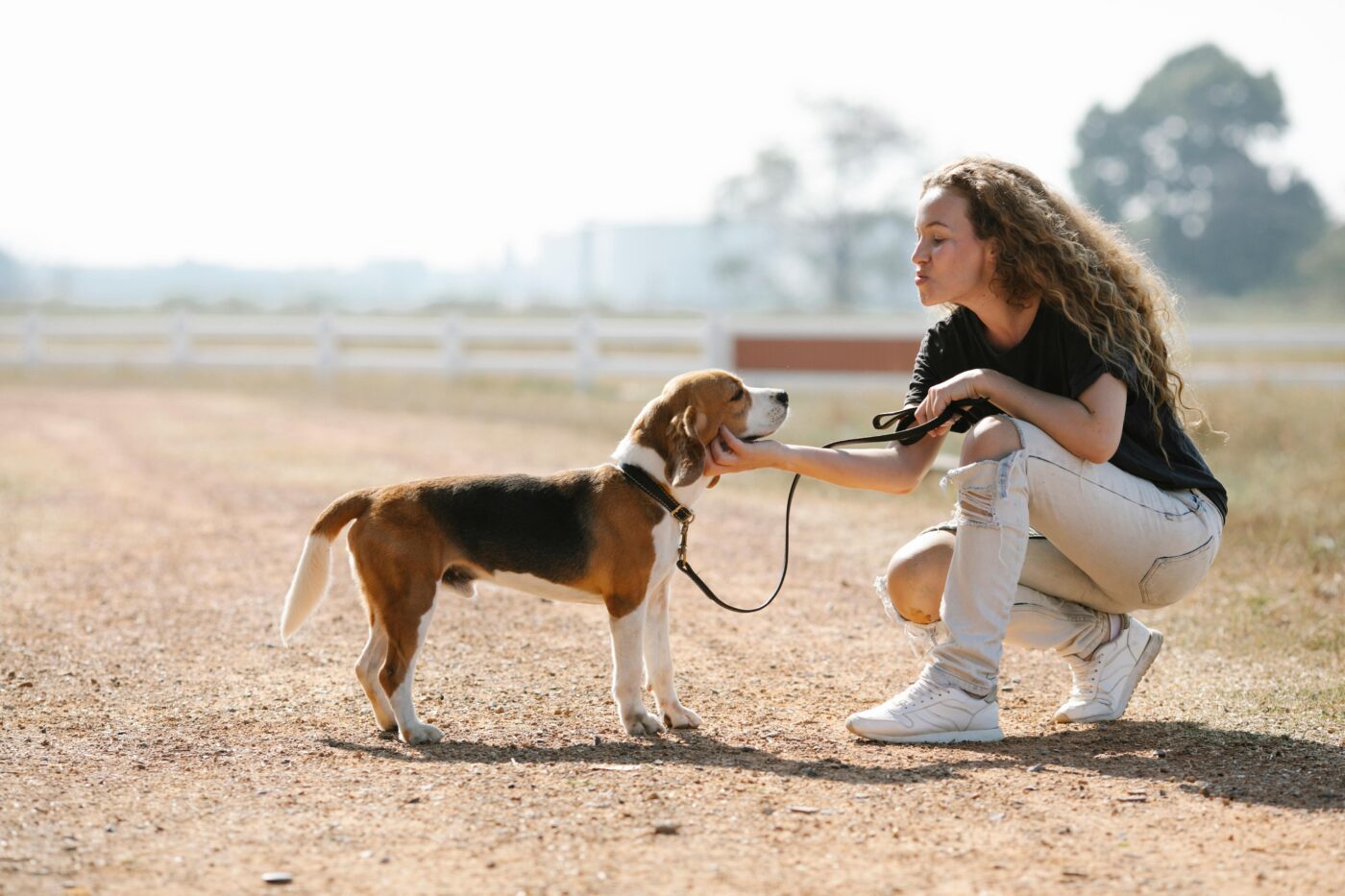 Shutterstock
Shutterstock
Positive reinforcement training is a powerful tool to help dogs learn how to interact with others. Rewarding good behavior with treats, praise, or playtime encourages dogs to repeat those behaviors. When your dog calmly observes another dog or engages in a friendly interaction, reward them immediately to reinforce that behavior. Avoid punishing or scolding them for nervousness or excitement, as this can increase stress and make future encounters more challenging. Over time, positive reinforcement helps dogs understand that friendly, calm behavior leads to rewards, which helps foster positive associations with other dogs.
Recognize and Respect Your Dog’s Social Comfort Zone
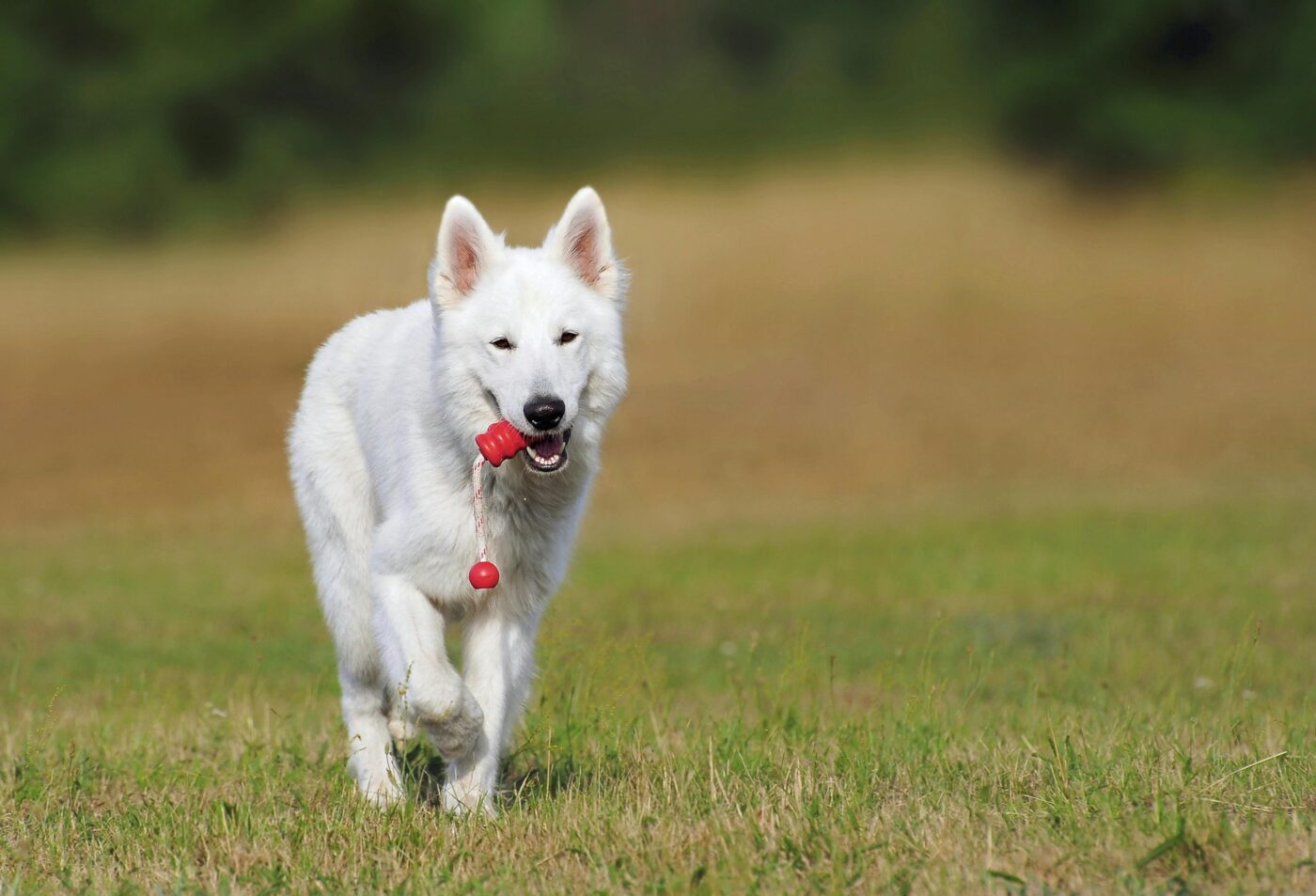 Shutterstock
Shutterstock
Every dog has a unique personality and comfort level with other dogs. Some dogs are social butterflies, while others prefer one-on-one interactions or smaller groups. Attention to your dog’s body language, such as tail position, ear placement, and facial expressions, can help you understand when they feel comfortable or overwhelmed. If your dog seems anxious, allow them to retreat or give them space. Forcing a dog into an interaction they’re not ready for can create negative associations, so respecting their boundaries encourages them to feel safe and in control.
Schedule Short Play Dates With Friendly Dogs
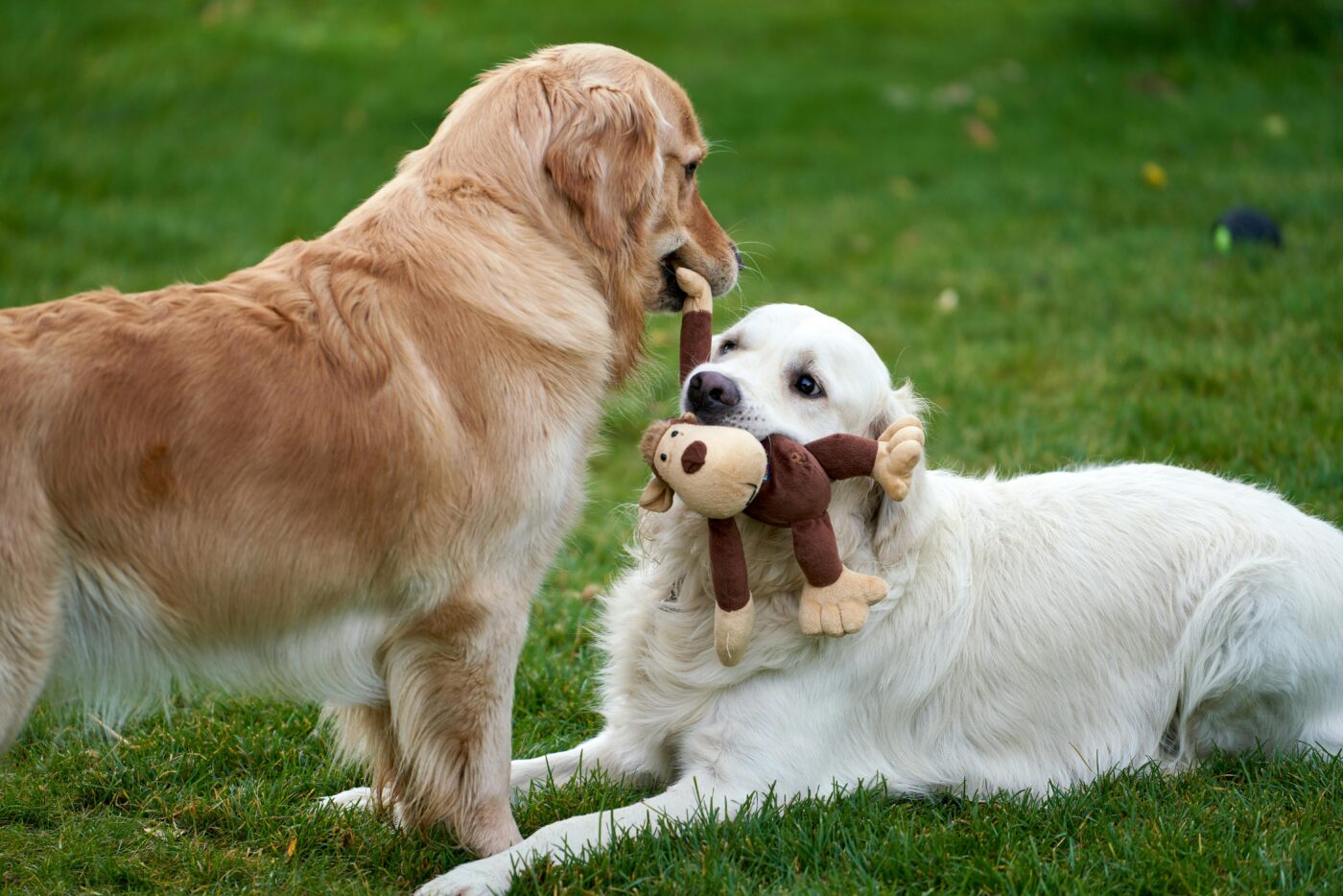 Shutterstock
Shutterstock
Playdates with known, friendly dogs can be a fantastic way to help your dog build social skills. Start with short, controlled interactions, ideally with a dog who has a calm temperament. Dogs learn through observing and mirroring others, so interacting with a well-behaved playmate can teach them positive social behaviors. These playdates also allow you to observe and guide their interactions, rewarding them for appropriate behavior and gently redirecting them when needed. Regular, positive play dates build social confidence and gradually help your dog become more at ease around others.
Stay Consistent and Patient in Training
 Shutterstock
Shutterstock
Helping a dog develop positive social skills doesn’t happen overnight, and consistency is key to making progress. Be patient and celebrate small wins, like calm observations, friendly greetings, or a relaxed walk past another dog. Repeating socialization activities and training consistently reinforces good behavior and builds your dog’s confidence in social settings. Every interaction is an opportunity for growth, so stay dedicated to the process. With time and patience, your dog will build the skills needed to feel comfortable and happy when encountering other dogs.
The Social Pawsitive Side of Patience and Practice
 Shutterstock
Shutterstock
Helping your dog become more comfortable around others takes time, but the rewards are worth it. With the right approach, you can encourage a more social, balanced pet who enjoys positive interactions with other dogs. From early socialization to consistent training, every effort you make helps build a foundation of trust and confidence for your dog. As you observe your dog’s growing social skills, you’ll find that you and your pup can enjoy outings and interactions with other dogs. Embrace the journey patiently, and watch your dog transform into a friendly, well-adjusted social companion.

 3 weeks ago
9
3 weeks ago
9
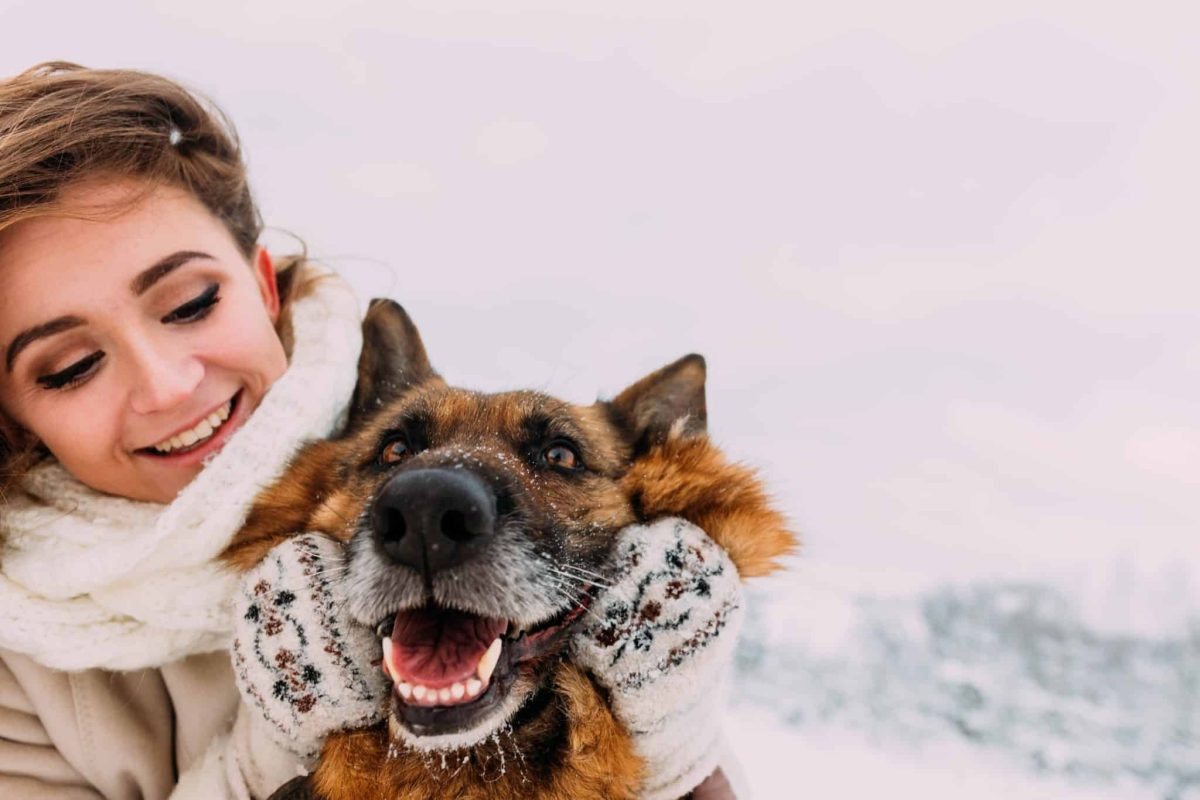

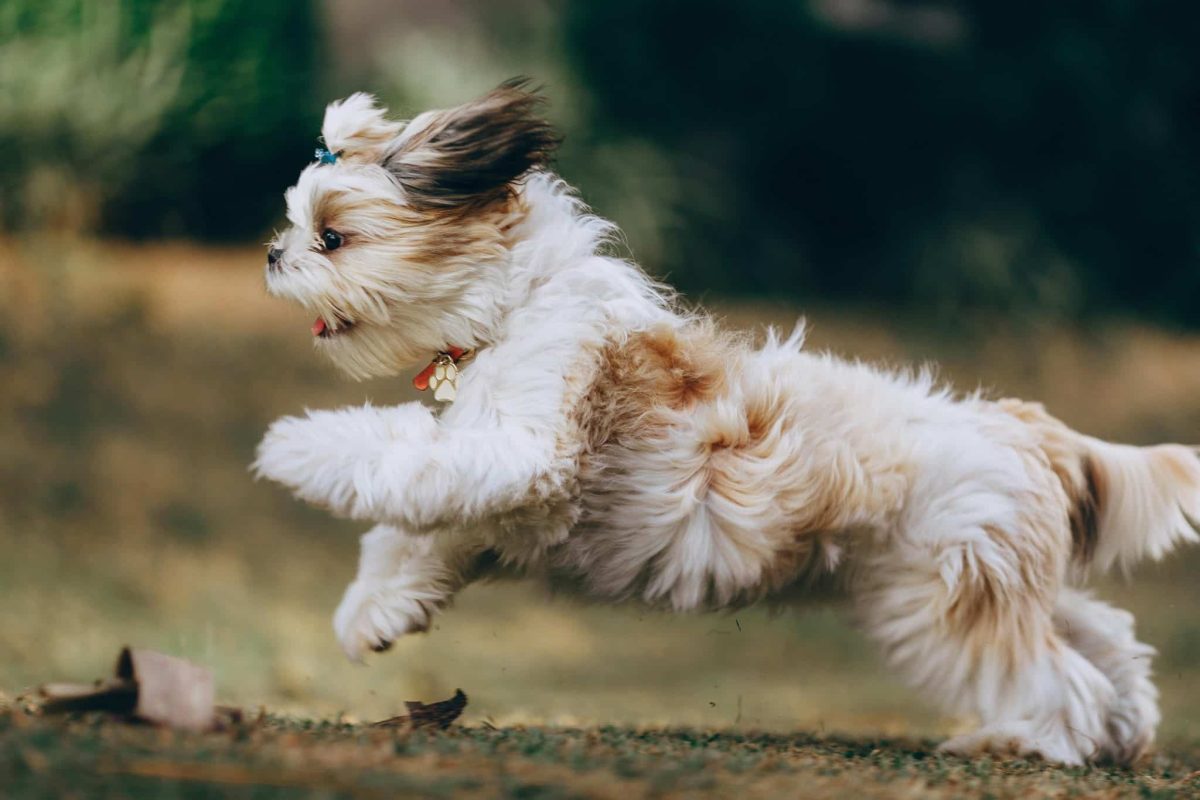
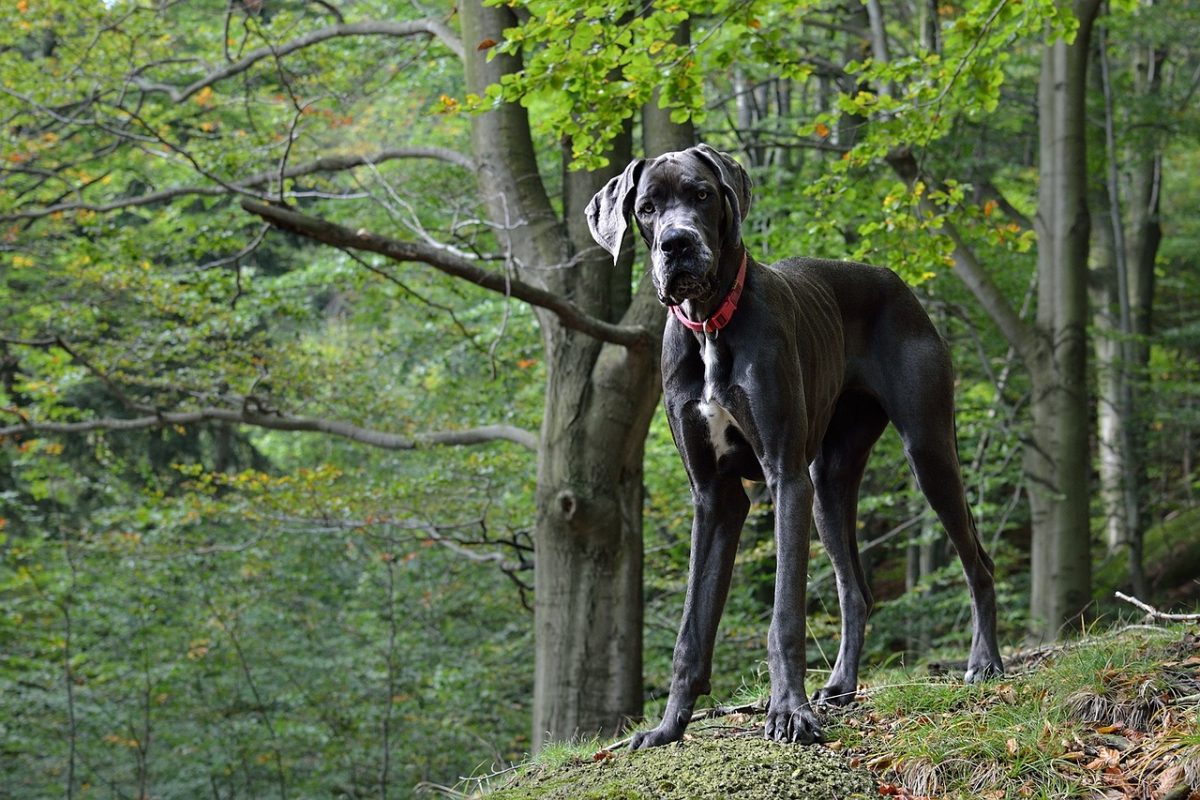
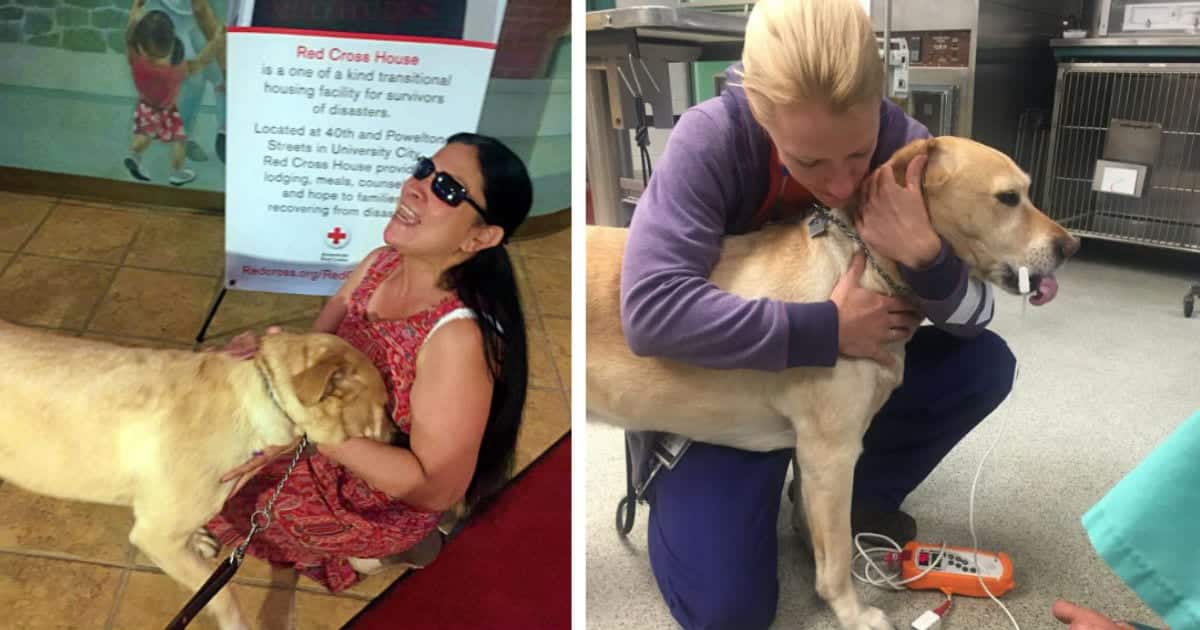

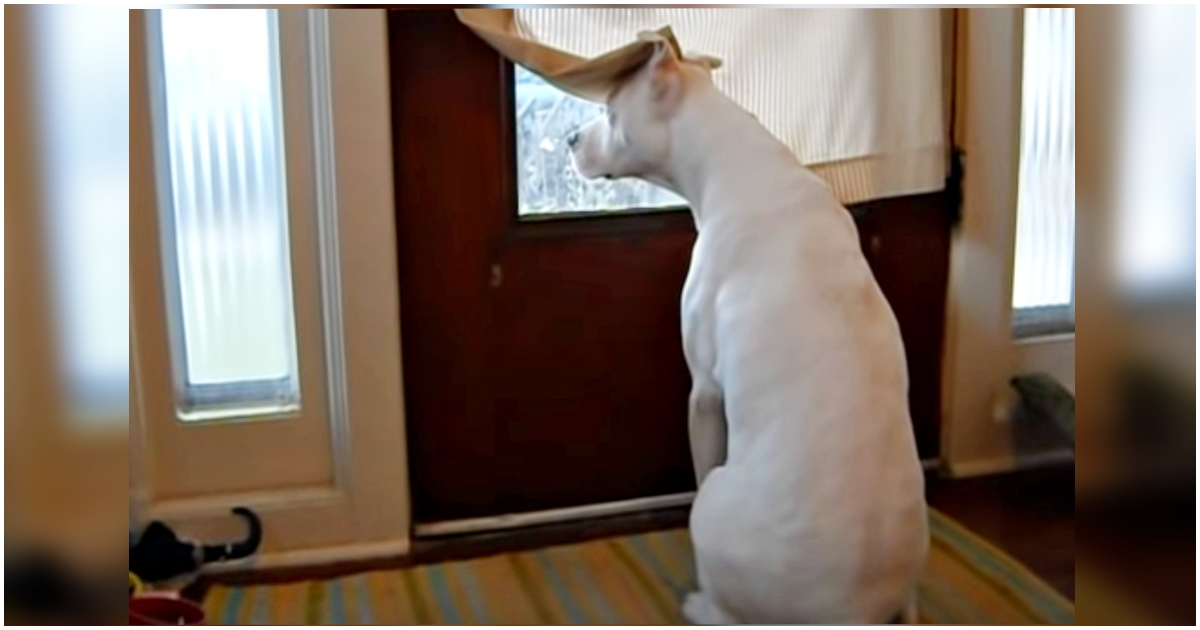
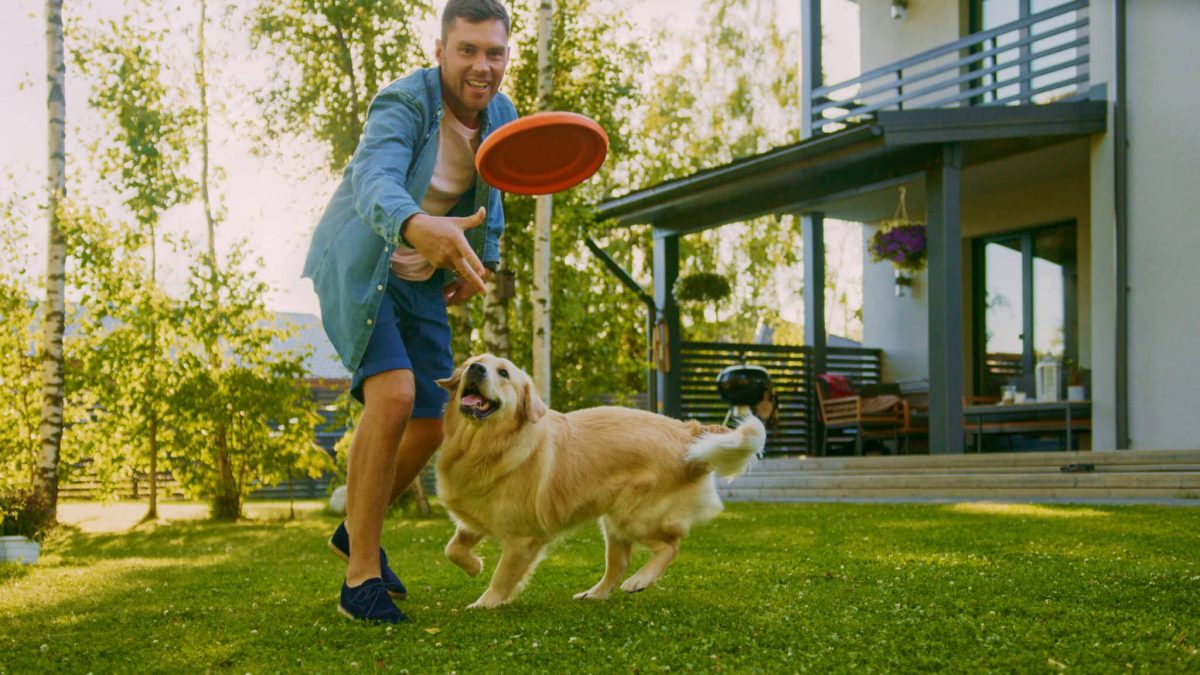










 English (US) ·
English (US) ·